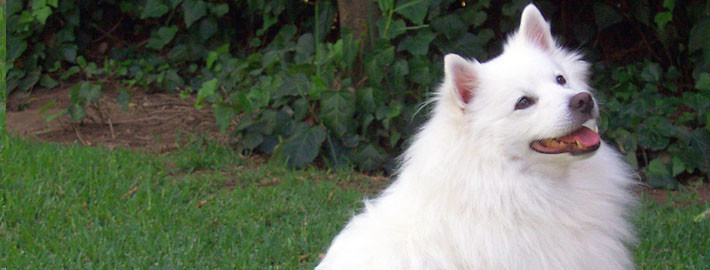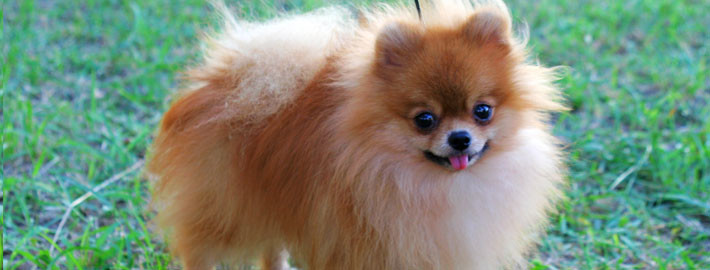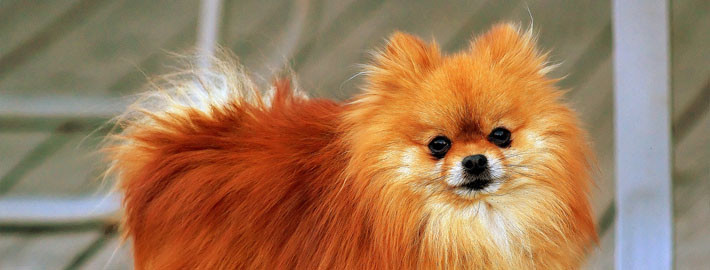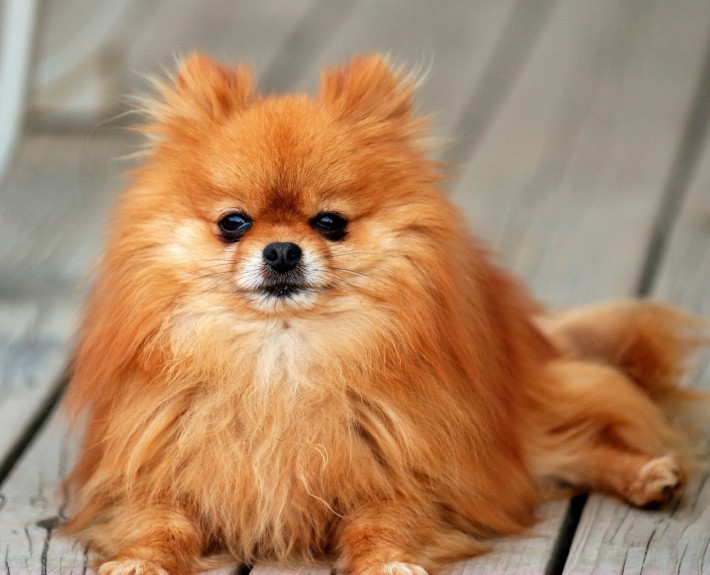What makes the Pomeranian Unique?
Ranked among the top breed since 1998, the Pomeranian continues to delight prospective small dog owners throughout the world. These fluffy dogs, which have diminished in size over the course of centuries, remain ideal companions for adult owners.
Breed Groups
Page Contents
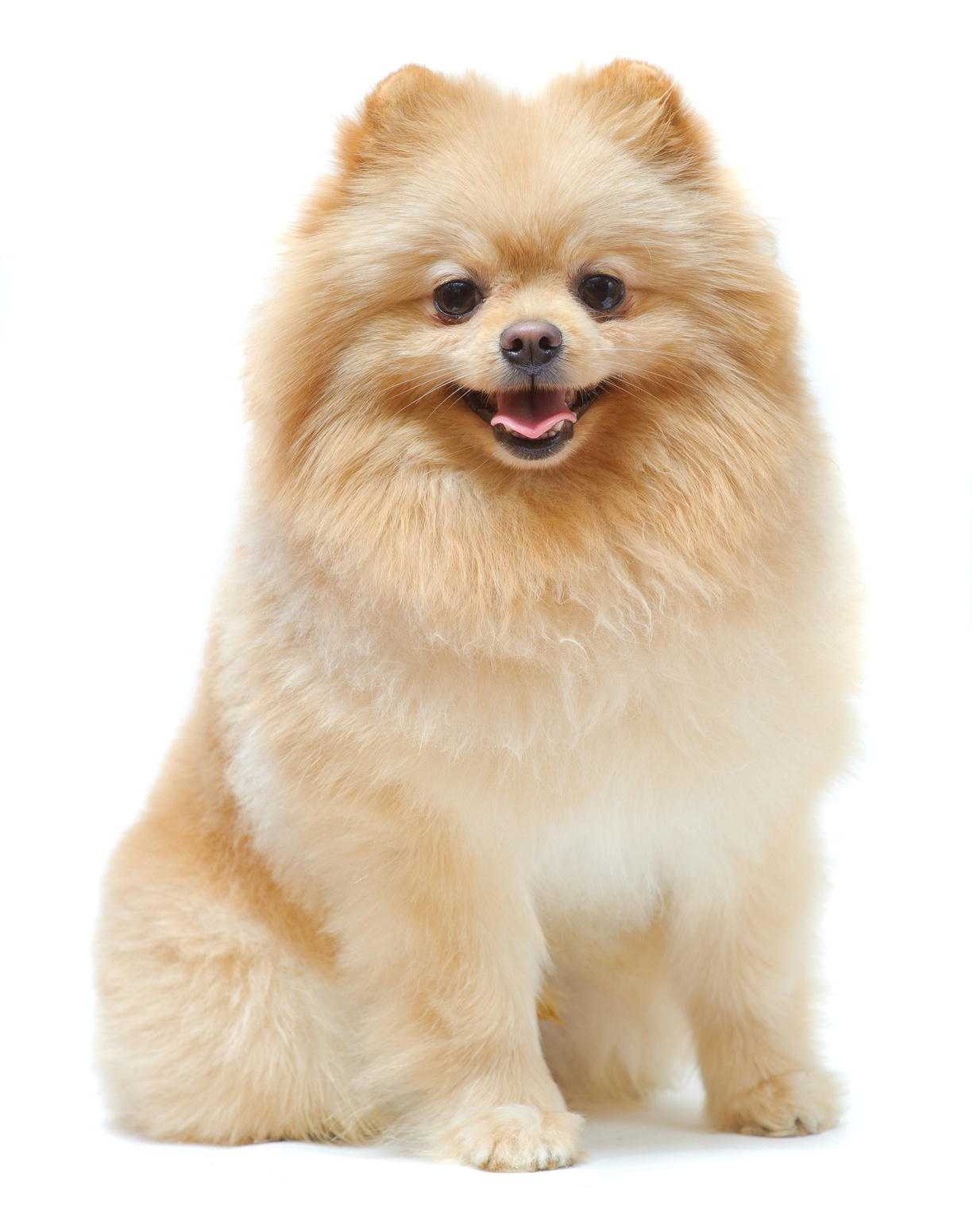
Is the Pomeranian Right For You?
Pomeranians are known for their lively, outgoing, and playful personalities, these dogs make wonderful companions. They are always up for a new activity even if they don’t need much exercise. Yet, as is the case with any breed, adequate exercise is crucial to avoiding behavior problems.
Pomeranians who are improperly taught or not trained at all are prone to a variety of undesirable behavior such as snapping at people. They may also get underfoot and pose trip hazards to their owners. Therefore, it is a good idea to enroll them in obedience training while they are still young to keep problems from occurring. Owners should nonetheless keep in mind that even with the best of training, members of this breed may wet the floor if the weather outside is inclement.
In 5 Words
- Playful
- Extroverted
- Friendly
- Intelligent
- Active
Characteristics
Learn About the Pomeranian
Description
General Description
Pomeranians are among the smallest of the Spitz dogs. Therefore, members of this breed display traits that are typical of their family such as their curled tails, diminutive ears, and thick coats. These dogs tend to be stocky in build and walk about with a fluid gait. They have upright heads and alert expressions. Their unique coats have fur that stands out from their bodies and gives them a particularly fluffy appearance. Pomeranians also have high set, plumed tails.
Size
Pomeranians are of both genders weigh between 3 and 7 pounds (1.3 and 3.2 kilograms). Dogs that are to be shown should be between 4 and 6 pounds (1.8 and 2.7 kilograms), according to American Kennel Club standards. Members of this breed also stand between 8 and 12 inches (20 to 25 centimeters) tall.
Coat
Members of this breed possess a thick double coat consisting of a dense inner layer and a long outer layer. These dogs also have extra fur on their necks and sometimes on their posteriors. Traditionally, Pomeranians were white with a few being either black or brown. Their modern day counterparts come in a wide range of hues including the aforementioned colorations plus red, orange, cream, blue, sable, tan with black or brown, spotted, brindle, merle and any combination of the above. Today, the most common coat colors are cream, white, orange, or black. Owners should also note that liver and brindle merle varieties are not accepted by current breed standards.
Short History of the Pomeranian
Although Pomeranians originally came from Greenland where their ancestors were used as herding and sled dogs, the bred owes much of their development to the inhabitants of the regions that they are named after. These dogs were initially created to have a small stature and a fluffy coat. These efforts were only partially successful by the time the dogs made their way to England. At that point in their history, members of this breed still generally weighed between 20 and 30 pounds (9 and 14 kilograms) but that soon changed. The breed achieved Kennel Club recognition in England in 1870 and American Kennel Club recognition in the States by 1888. While the English royalty, including Queens Charlotte and Victoria, helped promote the Pomeranians in the centuries that followed, there are many celebrities both past and present who have or currently own members of this breed.
Temperament
Known for their lively, outgoing, and playful personalities, these dogs make wonderful companions. Pomeranians are always up for a new activity even if they don’t need much exercise. Yet, as is the case with any breed, adequate exercise is crucial to avoiding behavior problems. Members of this spirited breed make incredibly loyal and attentive family members. Pomeranians are also intelligent dogs that tend to be people pleasers. This characteristic make them excel at learning new tricks but they can be somewhat difficult to house train.
Their fearlessness towards strangers and their loud barks make members of this breed excellent little watch dogs. However, it may be difficult to get these dogs to stop making noise if they are not trained to be quiet on command. While most Pomeranians get along well with other dogs, it should also be noted that a few of them may be aggressive towards other canines. Prospective owners should note that Pomeranians are not the best pets for households that contain small children, because youngsters may unintentionally be too rough with these dogs and this can in turn lead to less than friendly interactions between the two.
Caring for Your Pomeranian
General Health
Most Pomeranians live between 13 and 15 years, but dogs with longer lifespans are not uncommon. However, there are a number of health problems prevalent in this breed that might arise in any given individual. Major problems for these dogs include patellar luxation, collapsing trachea, and hip condition called Legg-Calve-Perthes disease. Hair loss in the form of Black Skin Disease can additionally leave members of this breed completely devoid of fur but the condition is somewhat treatable. Pomeranians may also suffer from various eyes ailments such as cataracts and progressive retinal atrophy.
Care
Daily
These dogs need to be walked once a day. Pomeranian should also have their coats combed on a regular basis with a slicker brush.
Weekly
Owners will need to clean their dog’s teeth several times a week in order to promote good health.
Monthly
Medications to prevent parasites such as fleas, heartworms, and ticks will need to be administered every month in order to be completely effective against pests.
Grooming & Bathing
Trimming these dogs every month or so is encouraged to keep their heavy shedding under control and keeps them from looking unkempt. Twice a year, Pomeranians shed their undercoats and may need to be brushed more often than once a day at such times. These dogs only need to be bathed when they get dirty or when their owners feel that doing so is necessary. Performing this task once every few months is typical but owners that use mild shampoo can bathe their dogs twice per month.
Exercise & Training
Pomeranians who are improperly taught or not trained at all are prone to a variety of undesirable behavior such as snapping at people. They may also get underfoot and pose trip hazards to their owners. Therefore, it is a good idea to enroll them in obedience training while they are still young to keep problems from occurring. Owners should nonetheless keep in mind that even with the best of training, members of this breed may wet the floor if the weather outside is inclement.
Dogs that get adequate amounts of exercise are also less prone to misbehave than their contemporaries. This can be easily accomplished with a short daily walk. Pomeranians may likewise enjoy playing in a securely fenced in yard or participating in various dog sports. However, these dogs should not be allowed to live outdoors.

